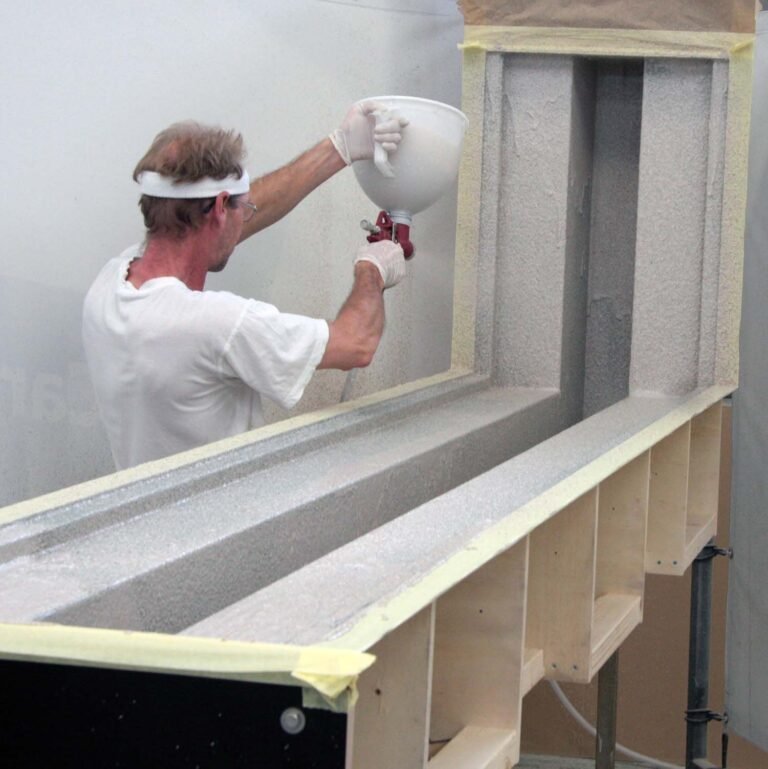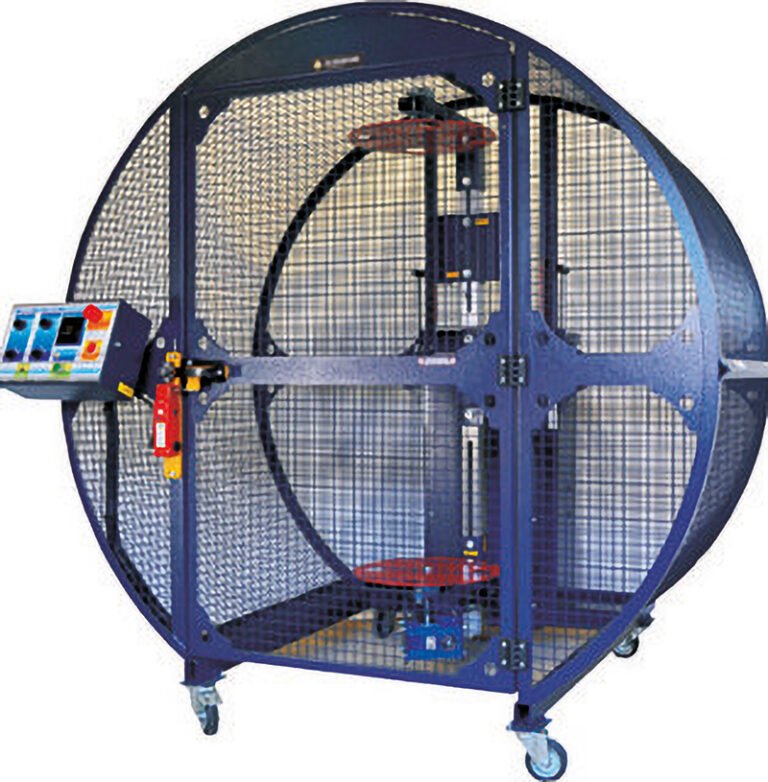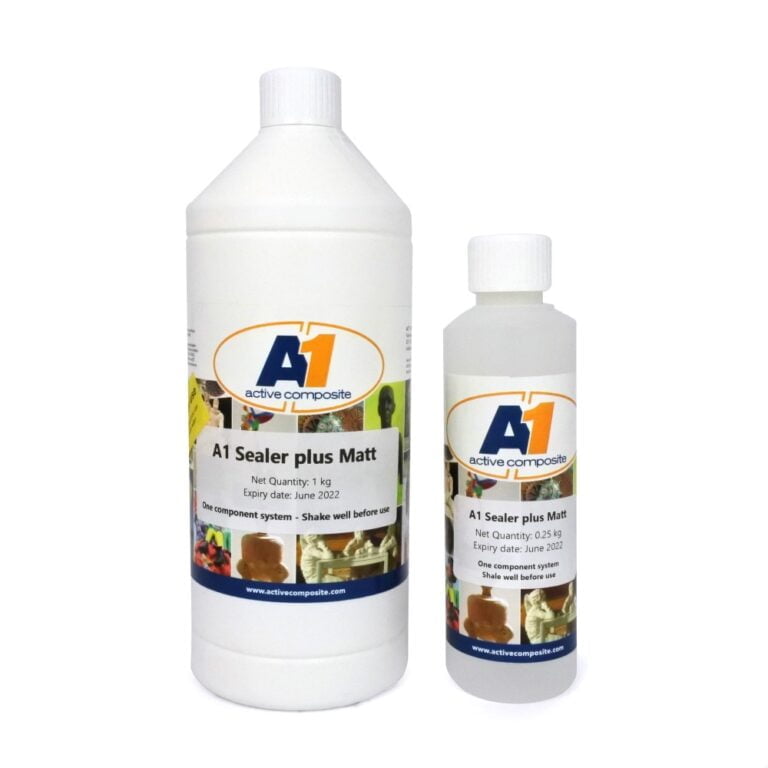A1 is a combination of A1 Liquid and A1 Powder in the mixing ratio (1:2):
1 part A1 Liquid
2 parts A1 Powder
This is always based on weight.
Mixing can be done with a stirring stick (small quantities) or with a High Shear mixer.
First, start stirring the A1 Liquid and gradually add the A1 Powder. The A1 is ready when all lumps have disappeared.
Mixing takes about 1 minute. Try to mix with as less air bubbles as possible in the A1 by keeping the mixer head under the surface.
• Very high fire resistance properties
• UV stabilised
• Rainwater resistant (if sealed)
• Good mechanical properties
• Low heat generation during curing
• Shrink free
• Solvent-free
• Low peak exotherm
• Working time can be extended by 20-25 minutes
A1 can be processed in many different ways.




To optimise the processing of A1, additives are available, which can extend or shorten the processing time, or thicken or dilute A1.
It is possible to colour A1 using our liquid A1 Pigments. Add up to 2% pigment to the weighed total amount of A1, or less, until the desired colour is reached.
It is possible to add many other products to the A1 base material in addition to pigment and metal powders. This allows you to give the A1 a different look, change its properties and possibly save costs.
A1 Sealer PLUS is a water-borne coating system to protect the A1 object from weather influences such as moisture and UV radiation.



For the reinforcement of A1 we use 2 types glass fibre, A1 Triaxial fibre or A1 Quadriaxial glas fibre. There are also good experiences with the use of CSM. C-veil can only be used as a (smooth) finishing layer.
Fire
A1 has good to excellent fire resistance properties and can be used for projects with high fire resistance requirements. All our fire test results can be found here.
UV
UV has a strong influence on the durability of materials. 20+ year old A1 project in South Africa shows that (coated) A1 will withstand UV influence.
Water
Similar to many other materials, A1 will attract moist/water. In this section we will explain what happens and more important how to make sure your A1 object will stay in perfect shape, even in an outdoor environment.
A1 is excellent to process in a mould resulting in exact copies of the original. It is possible to use a mould of different materials such as: silicone rubber, concrete forming plywood, PU, polyester, etc.
From small tiles use for home decoration too big and curved claddings and ceiling used in high rise building. A1 is used to make all kinds of different panels. In this section we will show you how to make your A1 panel.
A1 is one of the few materials that let you make your own object. From very popular pots and candle holder to tile. In this section we show you how to make your terrazzo object in the colours you choose.
A1 is very suitable for making very strong and also lightweight support moulds, by laminating A1 in combination with A1 Triaxial fibre.
Alginate is the material used by Bodycasters as it creates exact copies of the hand, foot or other body parts. As a casting material A1 is easy to process, works excellent in combination with alginate, and due to the expansion of the A1 during curing, creates a very detailed copy of the original. A1 can be coloured or painted afterwards to create the desired expression.